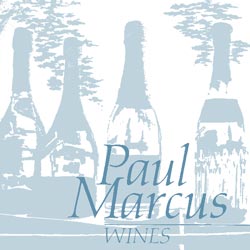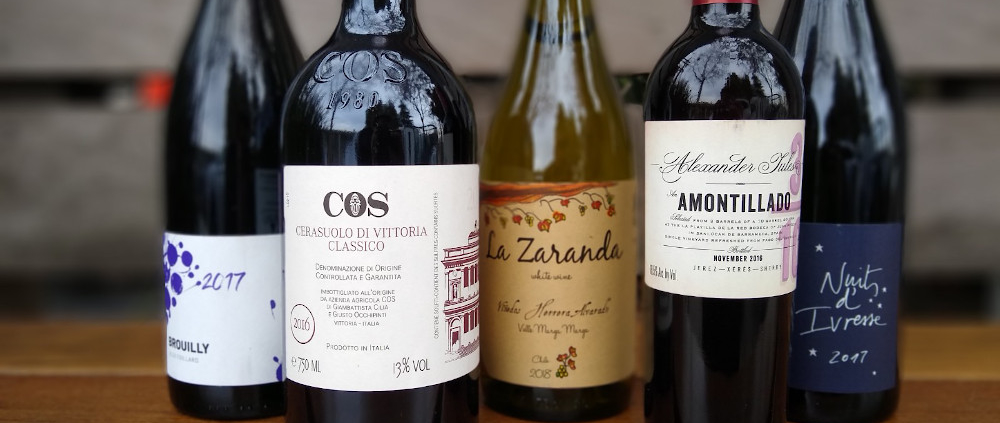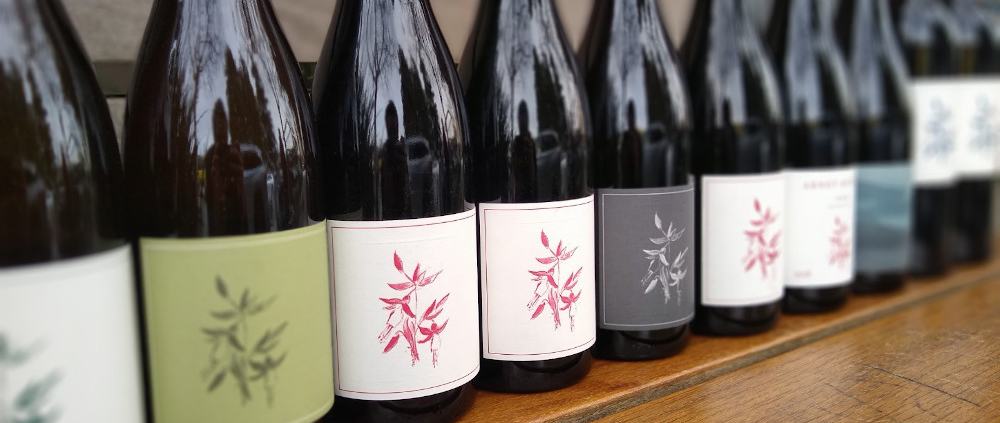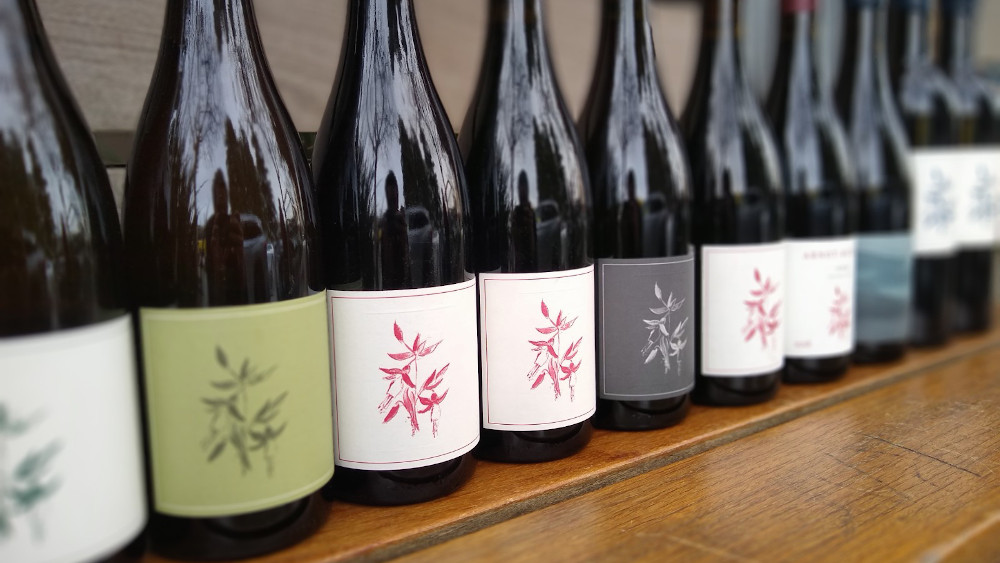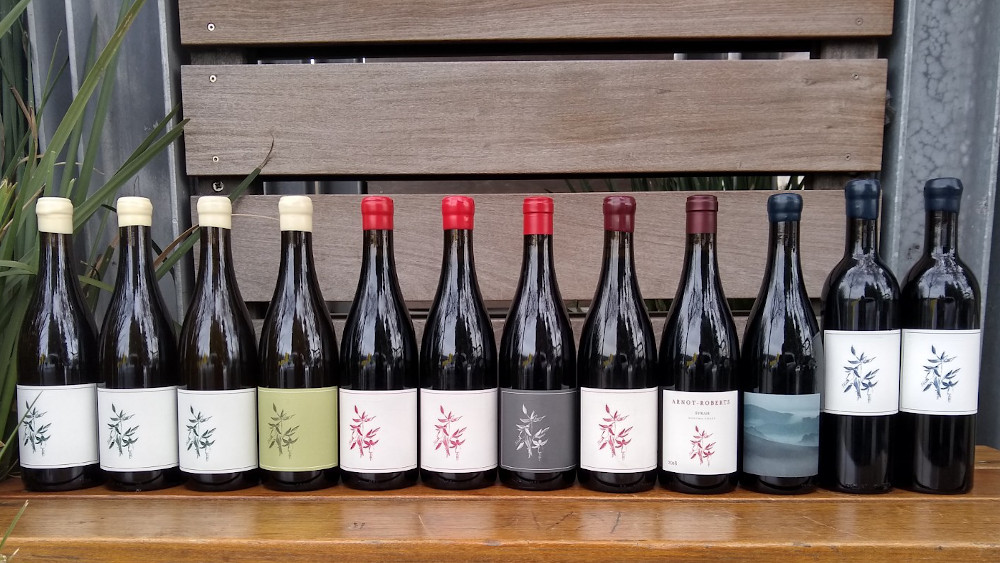The addition of sulfites is one of the wine world’s most confusing, controversial, and misconstrued subjects. For starters, there is no evidence they cause headaches. What’s more, they have been added to help stabilize wine for centuries. Plus, sulfites are a naturally occurring byproduct of fermentation, meaning that all wine will contain some level of sulfites, whether or not the winemaker chooses to add them during the winemaking process.
Used to stall oxidation and fight off bacteria, sulfites (referring to sulfur dioxide, or SO2) can extend the shelf life of a bottle. However, SO2 also changes (many say diminishes) the flavor profile of the wine, often preventing it from expressing the subtleties and distinctions of its terroir. It can also hinder a wine’s metamorphosis after opening, the proverbial “development in the glass.” In other words, what the final product gains in stability, it loses in vitality; what it gains in polish, it loses in personality.
While it’s true that some people have sulfite allergies, they are much less prevalent than it might seem. Though some of our customers complain of “red wine headaches,” these are likely caused by other, not-yet-determined factors–perhaps tannins or histamines. In fact, red wines have significantly fewer sulfites than white wines; that’s because the tannins in red wine help serve the role of antioxidant and protect the wine from harm, making the addition of sulfites somewhat superfluous. (For more about sulfites and natural wines, please visit our Guide to Natural Wines.)
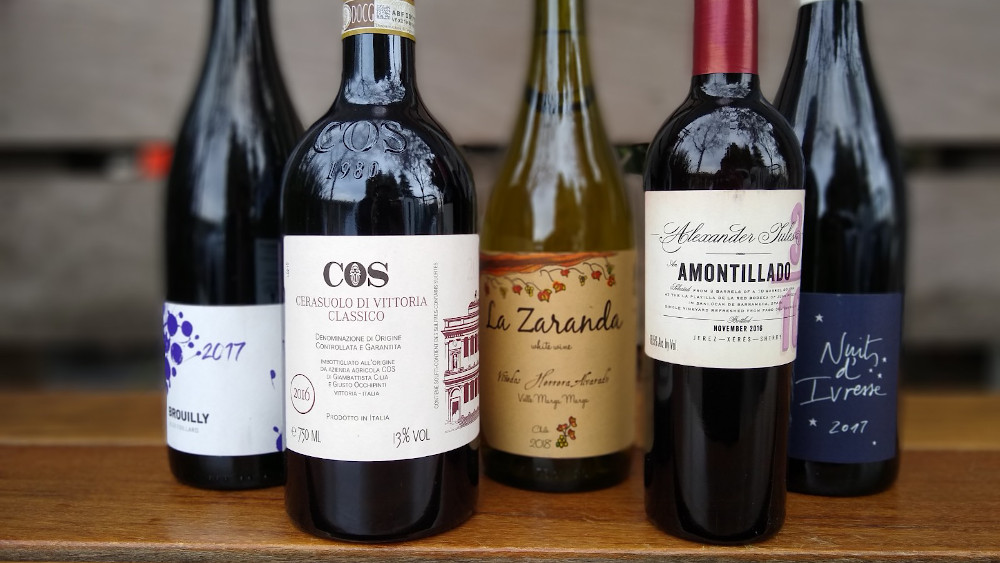
Nonetheless, be it for health concerns or taste preferences, Paul Marcus Wines offers a wide range of low-sulfite wines for your enjoyment. Below are five noteworthy selections.
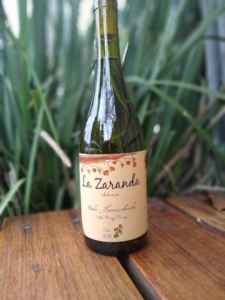 2018 Herrera Alvarado “La Zaranda” Sauvignon Blanc ($30)
2018 Herrera Alvarado “La Zaranda” Sauvignon Blanc ($30)
Arturo Herrera and Carolina Alvarado have been making wines in Chile’s Marga Marga Valley since 2003, considered among the pioneers of Chile’s natural wine scene. Their sauvignon blanc sees no additional SO2, allowing more savory, oxidative flavors to shine through while still retaining the zip and energy expected from this varietal.
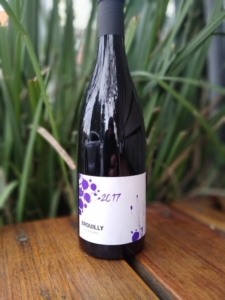 2017 Alex Foillard Brouilly ($48)
2017 Alex Foillard Brouilly ($48)
Foillard’s father, Jean, was part of Beaujolais’ “Gang of Four” along with Marcel Lapierre, Guy Breton, and Jean-Paul Thévenet–each considered trailblazers in low-intervention, sustainable, natural-leaning winemaking techniques. Although 2017 was only Alex Foillard’s second harvest, he is already making a name for himself. His Brouilly is an absolute stunner, boasting gorgeous aromatics, vibrant minerality, bright red and blue fruit, and a texture of velvet. Foillard’s wines, as befitting the family name, are unfiltered, unfined, and undergo whole-cluster fermentation, and he only uses a tiny amount of sulfur (if that) for bottling.
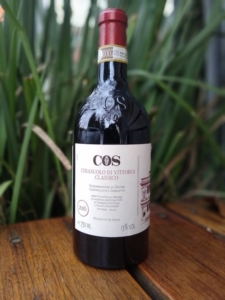 2016 COS Cerasuolo di Vittoria ($32)
2016 COS Cerasuolo di Vittoria ($32)
This certified-organic Sicilian beauty is a blend of 60 percent nero d’avola and 40 percent frappato–the nero providing dark fruit and spice, the frappato offering floral lift. Fermented in concrete with indigenous yeast and aged in large Slovenian oak, this is a balanced, versatile wine that coaxes considerable depth and energy from its medium body. Founded by Giusto Occhipinti and his two buddies around 40 years ago, COS long ago adopted biodynamic principles–they’ve never used chemicals or synthetics in their vineyards–and Occhipinti believes in only a minimal addition of SO2 at the time of bottling.
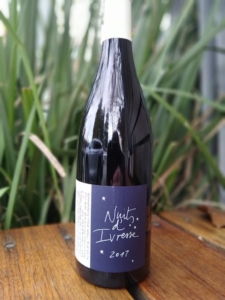 2017 Breton “Nuits d’Ivresse” Bourgueil ($34)
2017 Breton “Nuits d’Ivresse” Bourgueil ($34)
Loire Valley legends Catherine and Pierre Breton have been certified organic for nearly 30 years. Although they make about a dozen cuvées of cabernet franc, the “Nuits d’Ivresse” (“Drunken Nights”) is the only one that is bottled without even a hint of added sulfur. Yes, you get a taste of that “barnyard funk” typical of many unsulfured wines, but it is merely one element of this generous, complex, and fresh cab franc. Made with fruit from 50-year-old vines and aged in barrel for a year, it will certainly help wash down a plate of lamb chops in fine fashion.
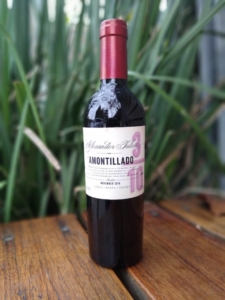 Alexander Jules Amontillado 3/10 ($33)
Alexander Jules Amontillado 3/10 ($33)
Alex Russan has been releasing his Alexander Jules line of barrel-selected sherry since 2012. As he himself points out, “Due to sherry’s unique aging processes, very little is actually necessary to ensure their stability.” Therefore, he never adds sulfur to any of his releases, which undergo only the most minimal filtration. The Amontillado 3/10 has an average age of 18 years, and it delivers a combination of saline tang (from its biological aging under the flor) and richer, though still gentle caramelized notes (from its oxidative aging).
For more information about low-sulfite wines, come visit us at Paul Marcus Wines. We’ll be happy to help you find a bottle to your liking.
